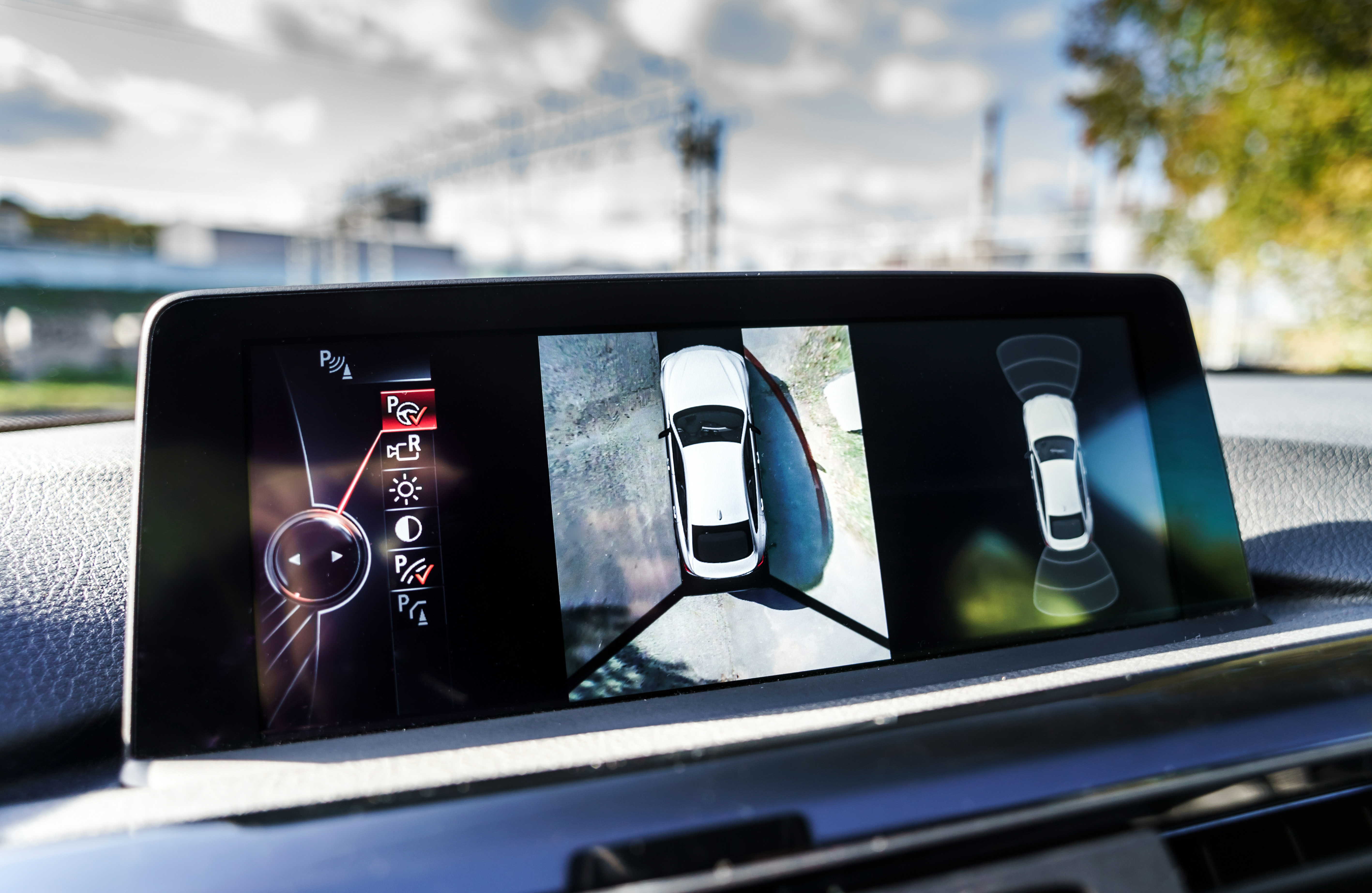Around 5.5 million drivers aged 70 or over in Britain
Offering higher levels of intuitive in-car technology to older drivers is likely to be more helpful in keeping them safe on the road than any system of mass retesting.
There are already 5.5 million driving licence holders in Britain aged 70 or over.
This is 41% more than the 3.9 million licence holders in the same age group back in 2012.
A review for the RAC Foundation of global research relating to older driver safety says that driving requires strength, co-ordination, good eyesight, flexibility, attention, memory, decision making and judgement, all of which can be affected by age-related decline, hence increasing risk.
The study was carried out by Dr Julie Gandolfi of Driving Research Ltd.
Whilst most older drivers are very safe, their relative frailty means they are more vulnerable to death and injury when they are involved in a crash even if they haven’t caused it.
Evidence points to older drivers being good at trying to self-regulate their driving – for instance not driving at night or in the rush hour – in recognition of their declining abilities. However, they need to be given more objective information to base their decisions on.
One method could be the use of in-car telematics systems similar to those already commonly provided with insurance policies that predominantly target young people.
So-called black boxes sense and record how vehicles are being driven and this data could highlight to older drivers their strengths and weaknesses behind the wheel.
Driver-assist technologies also promise to benefit older drivers. Things such as collision warnings, lane departure alerts, fatigue detection systems and cross-traffic assistance are all recognised by older drivers as being helpful.
However, manufacturers must ensure systems are easy and intuitive to use, and that warning signals are easily identifiable and do not create extra confusion or stress for drivers. More-basic technology such as parking assist help make every-day, low-level tasks simpler and quicker.
By contrast, international evidence shows that it is extremely difficult to devise a system of mass retesting which produces meaningful road safety gains.
In Japan drivers reaching the age of 70 must take part in:
- A lecture
- Aptitude tests involving simulator driving, field of vision checks and night vision capability
- A discussion session
- An on-road driving assessment
Yet despite all this the report says that “research has failed to find overwhelming support for the effectiveness of these measures in reducing at-fault collisions among older drivers.”
Julie Gandolfi, the report author, said:
“Never before have older drivers had access to so much assistance from vehicle technology, and whilst there were early concerns about a lack of technological familiarity on their part, the literature suggests that appetite among the older driver population for engagement with vehicle technology does exist, and that with appropriate training and guidance, it can offer significant safety benefits and help extend safe driving into older age.
“On that basis, it appears that the older drivers of today and tomorrow have access to a comprehensive toolkit giving them the opportunity to drive safely for longer than previous generations – the challenge for the road safety industry lies in helping them to use it effectively.”
The Netherlands, Denmark, Cyprus and Ireland require drivers to take an eyesight test at age 70.
According to a 2016 report from the Older Drivers Task Force: “For every mile driven, the risk of a person aged 80 or more being killed while driving is, overall, some 10 times higher than the lowest risk 40-49 year old.”



